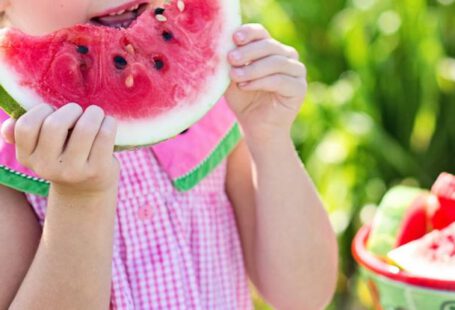Creating a Safe Home Environment for Kids
Ensuring the safety of our children is a top priority for every parent or guardian. As little explorers, children are naturally curious and often unaware of potential dangers that lurk around the home. To provide a secure and nurturing environment for kids to thrive, it is crucial to take proactive steps in childproofing your living space. By implementing a few simple strategies and precautions, you can significantly reduce the risk of accidents and injuries, granting you peace of mind as your little ones play and grow.
Childproofing Essentials
Childproofing your home involves identifying potential hazards and taking measures to eliminate or minimize them. Begin by securing heavy furniture such as bookshelves and dressers to the wall to prevent tipping accidents. Use safety straps or anchors for this purpose. Cover sharp corners of tables and countertops with corner guards to prevent injuries from accidental bumps. Install safety gates at the top and bottom of stairs to prevent falls, and ensure that windows are equipped with locks or guards to prevent falls.
Cordless Window Treatments
Window cords pose a significant strangulation risk for young children. Opt for cordless window treatments, such as cordless blinds or shades, to eliminate this hazard. If you have window blinds with cords, make sure to keep them out of reach by using cord cleats or wind-up devices to secure the cords high above the reach of children. Regularly inspect all window treatments to ensure cords are properly secured and inaccessible to little hands.
Electrical Safety
Electrical outlets and appliances can pose serious risks to children. Use outlet covers or safety plugs to prevent children from inserting objects into sockets. Keep cords from electronics and appliances out of reach or use cord shorteners to prevent tripping hazards and discourage children from pulling on them. Store all electrical devices out of reach when not in use and teach children about the dangers of playing with electrical outlets and cords.
Secure Cabinets and Drawers
Children are naturally curious and love to explore their surroundings. To prevent accidents and keep hazardous substances out of their reach, secure cabinets and drawers that contain cleaning supplies, medications, and other potentially harmful items. Use safety latches or locks on cabinets and drawers to prevent children from accessing these items. Store hazardous substances in locked cabinets or high out of reach places to further minimize the risk of accidental ingestion or exposure.
Fire Safety Measures
In the event of a fire, every second counts. Install smoke detectors on every level of your home and test them regularly to ensure they are functioning correctly. Develop a fire escape plan with your family and practice it regularly so that everyone knows what to do in case of an emergency. Keep fire extinguishers in key areas of your home, such as the kitchen and garage, and teach children how to use them safely. Additionally, ensure that all flammable materials are stored safely away from heat sources and open flames.
Water Safety Precautions
Drowning is a leading cause of accidental death in young children. To prevent water-related accidents, never leave children unattended near pools, bathtubs, or other bodies of water. Install pool fences with self-closing and self-latching gates to restrict access to the pool area. Empty buckets, pails, and other containers of water immediately after use, and never leave a child alone in the bathtub, even for a moment. Teach children water safety rules and swimming skills as early as possible to further reduce the risk of drowning incidents.
Conclusion: Creating a Safe Haven for Kids
Creating a safe home environment for kids requires diligence, awareness, and proactive measures. By childproofing your living space, addressing potential hazards, and educating children about safety rules, you can create a secure haven where kids can play, learn, and grow without unnecessary risks. Remember, safety is a continuous process, and it is essential to regularly review and update safety measures as your children grow and new risks emerge. With a little effort and forethought, you can provide your children with a safe and nurturing environment where they can thrive and explore with confidence.





